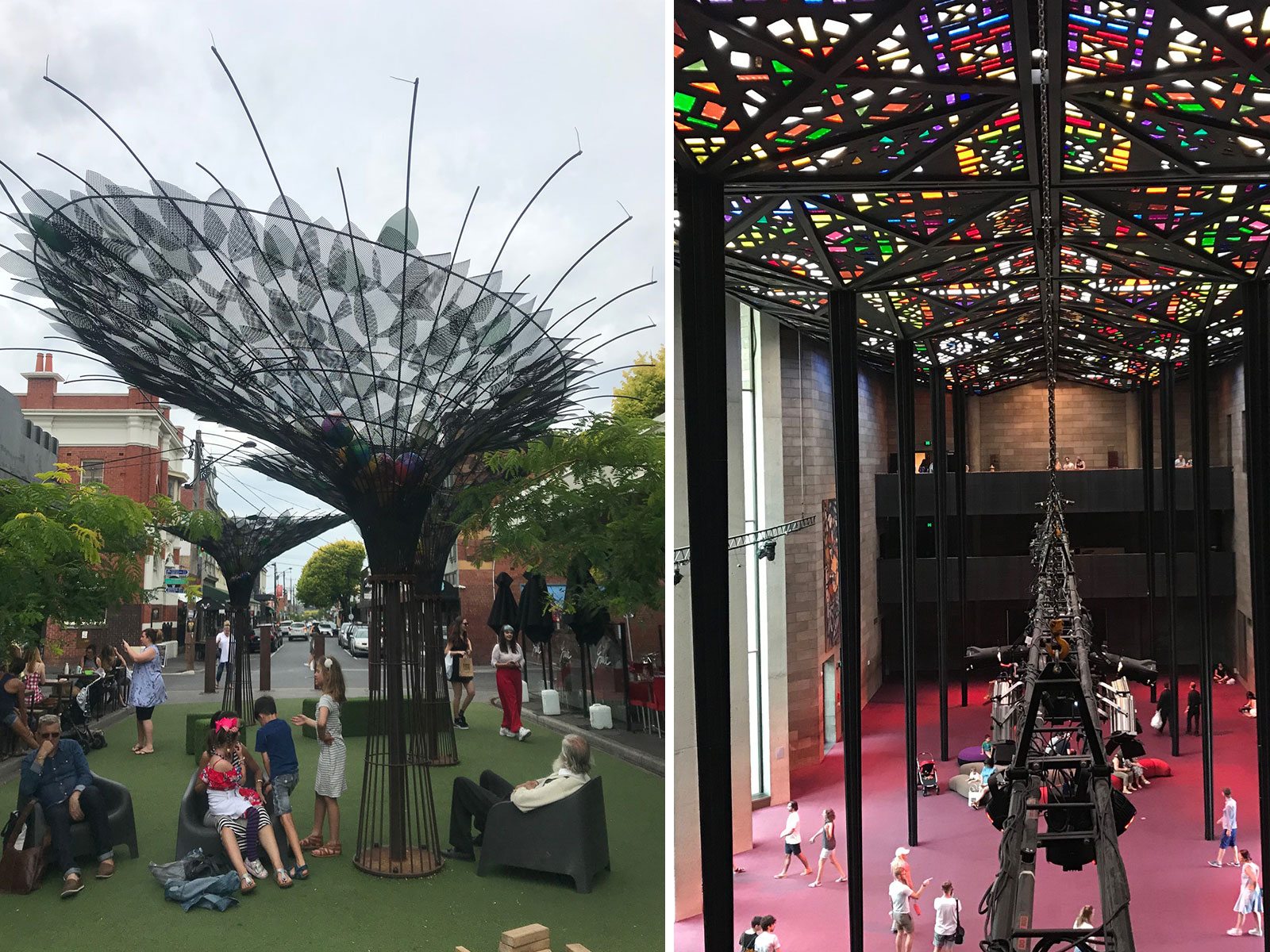What is Biophilic Design?
by Margie
A crackling, glowing fire offering warmth and refuge in the dark.
A roaring, cleansing ocean experienced from the safety of the shore.
A calming forest of beautiful eucalypts with the sounds of the wind through the leaves.
What do these experiences have in common?
They involve all your senses – smell, taste, touch, hearing, as well as sight – in connecting with and deeply appreciating nature. This is what biophilic design is about.
Coined by Edward O Wilson, and developed by Stephen Kellert, biophilic design takes the idea of love (philia) of life (bio) and shows how this can be incorporated into our built environment, so that we can have meaningful and multi-sensory connections with nature. Creating such spaces helps locate us in the ecosystems we inhabit, where we can understand and learn from our connection with them. This has been proven to benefit us enormously on both physical and psychological levels. It also helps us to understand the importance of these ecosystems and the need for us to be good stewards.
 Our indigenous ancestors, who understand the interconnectedness of everything in nature, know what biophilic design is about. My hope is that we can use this to create a bridge of understanding in our work.
So – how do we implement biophilic design into our work? The best part is that it is inclusive and fun. Ideally, the whole team working on a project is consulted as well as the stakeholders who will be taking over after our work as architects is done. When given permission to explore beyond the fundamental practical issues of what the building needs to achieve (which is absolutely important!), we can collectively create ideas that will help transform the project into the best it can be, enriching the experiences of all who are touched by these spaces.
Our indigenous ancestors, who understand the interconnectedness of everything in nature, know what biophilic design is about. My hope is that we can use this to create a bridge of understanding in our work.
So – how do we implement biophilic design into our work? The best part is that it is inclusive and fun. Ideally, the whole team working on a project is consulted as well as the stakeholders who will be taking over after our work as architects is done. When given permission to explore beyond the fundamental practical issues of what the building needs to achieve (which is absolutely important!), we can collectively create ideas that will help transform the project into the best it can be, enriching the experiences of all who are touched by these spaces.
 Our indigenous ancestors, who understand the interconnectedness of everything in nature, know what biophilic design is about. My hope is that we can use this to create a bridge of understanding in our work.
So – how do we implement biophilic design into our work? The best part is that it is inclusive and fun. Ideally, the whole team working on a project is consulted as well as the stakeholders who will be taking over after our work as architects is done. When given permission to explore beyond the fundamental practical issues of what the building needs to achieve (which is absolutely important!), we can collectively create ideas that will help transform the project into the best it can be, enriching the experiences of all who are touched by these spaces.
Our indigenous ancestors, who understand the interconnectedness of everything in nature, know what biophilic design is about. My hope is that we can use this to create a bridge of understanding in our work.
So – how do we implement biophilic design into our work? The best part is that it is inclusive and fun. Ideally, the whole team working on a project is consulted as well as the stakeholders who will be taking over after our work as architects is done. When given permission to explore beyond the fundamental practical issues of what the building needs to achieve (which is absolutely important!), we can collectively create ideas that will help transform the project into the best it can be, enriching the experiences of all who are touched by these spaces. 
Related News